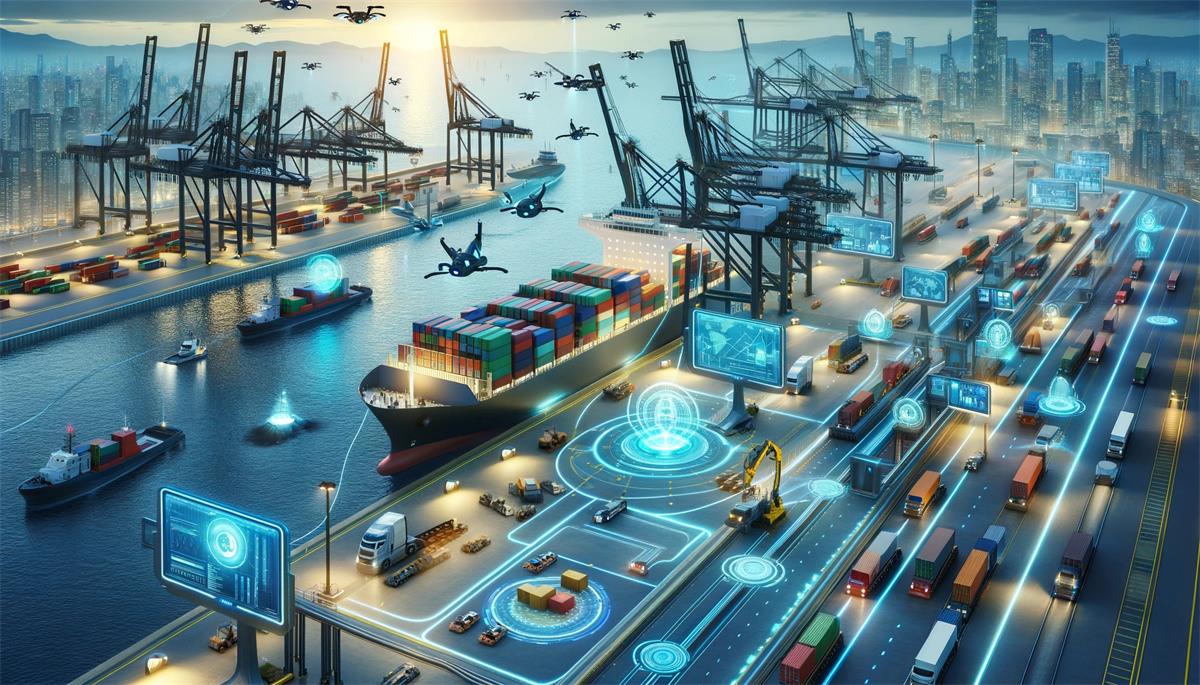The Rise of AI in Freight Logistics and how we can Optimise Costs and Delivery in 2025
Artificial intelligence (AI) continues to revolutionize freight logistics, making supply chains faster, more efficient, and cost-effective. AI technologies, such as predictive analytics, route optimization, and real-time inventory management, are reshaping the way businesses operate. Several leading companies have successfully implemented AI to drive efficiency and boost their bottom lines.
UPS: AI-Powered Route Optimization Saves Millions
UPS has long been a pioneer in logistics innovation. Through its ORION system (On-Road Integrated Optimization and Navigation), UPS leverages AI to optimize delivery routes. The system analyses over 200,000 routes per minute, helping drivers find the most efficient paths, reducing travel time, and cutting fuel consumption. ORION has enabled UPS to save around 10 million gallons of fuel annually, resulting in approximately $400 million in savings per year.
The adoption of AI has not only helped UPS reduce costs but also enhanced sustainability efforts by reducing carbon emissions by 100,000 metric tons each year.
Amazon: AI-Driven Inventory Management for Speed and Accuracy
Amazon utilizes AI to streamline its fulfilment operations through predictive inventory management. The company’s AI algorithms analyse customer data to predict product demand in real time, ensuring that fulfilment centres are stocked efficiently. This reduces both overstock and stockouts, ultimately minimizing shipping delays.
Thanks to AI, Amazon has been able to cut its overall shipping costs by 20-25%, helping maintain its fast delivery promises while keeping operational costs in check. This strategy has allowed Amazon to sustain its growth and continue offering services like Prime’s two-day shipping without significantly increasing costs.
DHL: Improving Warehouse Efficiency with AI and Robotics
DHL has embraced AI in its warehouses, deploying AI-powered robotics to automate repetitive tasks like sorting and packing. By integrating AI into its warehouse management systems, DHL has improved its order accuracy and sped up its delivery times.
In a pilot program in the UK, DHL saw a 20% reduction in operational costs thanks to AI-based automation. Additionally, AI has improved DHL’s ability to forecast order volumes, leading to better staffing and inventory management during peak periods. As a result, DHL has been able to cut down errors, streamline processes, and improve profitability.
C.H. Robinson: Using AI for Predictive Risk Management
Global logistics provider C.H. Robinson has implemented AI through its Navisphere Vision platform, which offers real-time visibility into the supply chain. The platform analyzes vast data sets to predict potential risks and delays, allowing companies to make informed decisions in real time. By leveraging predictive analytics, C.H. Robinson has helped its clients increase on-time delivery rates by 30% and reduce logistics costs by 15% on average.
This proactive approach to risk management has given companies a strategic advantage, reducing the likelihood of supply chain disruptions and saving millions in potential losses.
Conclusion: AI as a Game-Changer in Freight Logistics
As we approach 2025, the role of AI in logistics is only expected to grow. From optimizing routes to managing inventory and reducing risks, AI technologies are proving to be essential tools for businesses looking to cut costs and improve efficiency. Companies that embrace AI, such as UPS, Amazon, DHL, and C.H. Robinson, are setting new standards for operational excellence while achieving significant financial gains.


